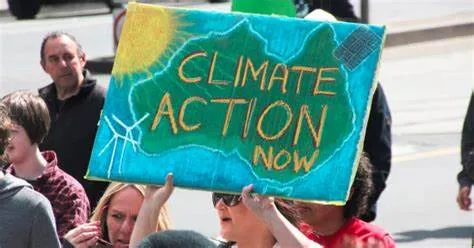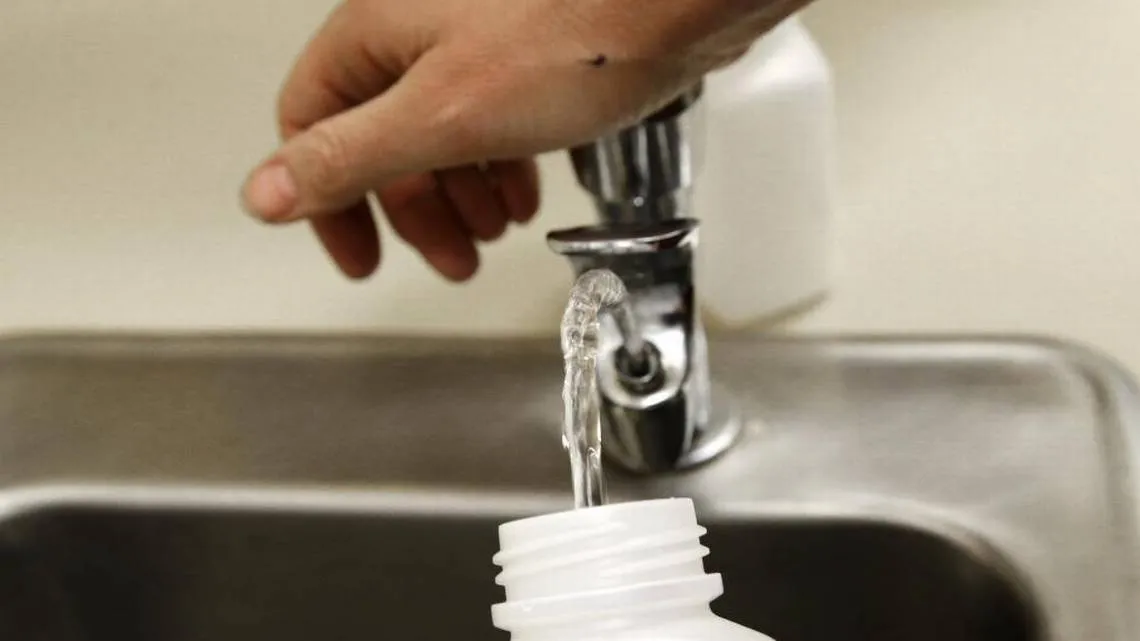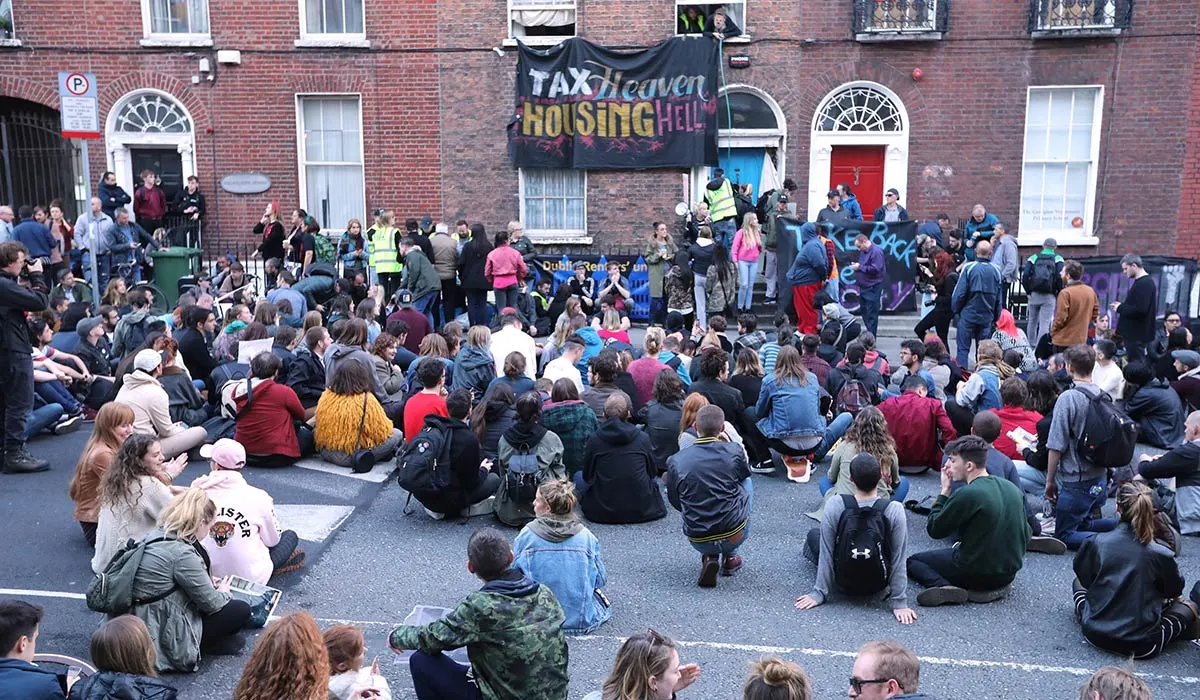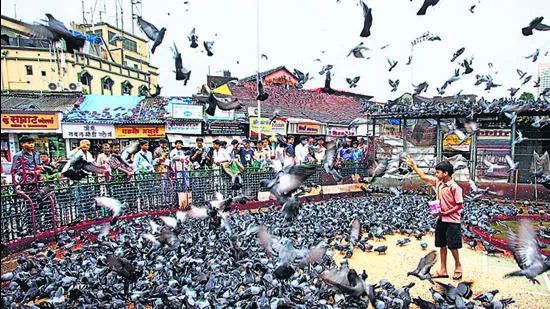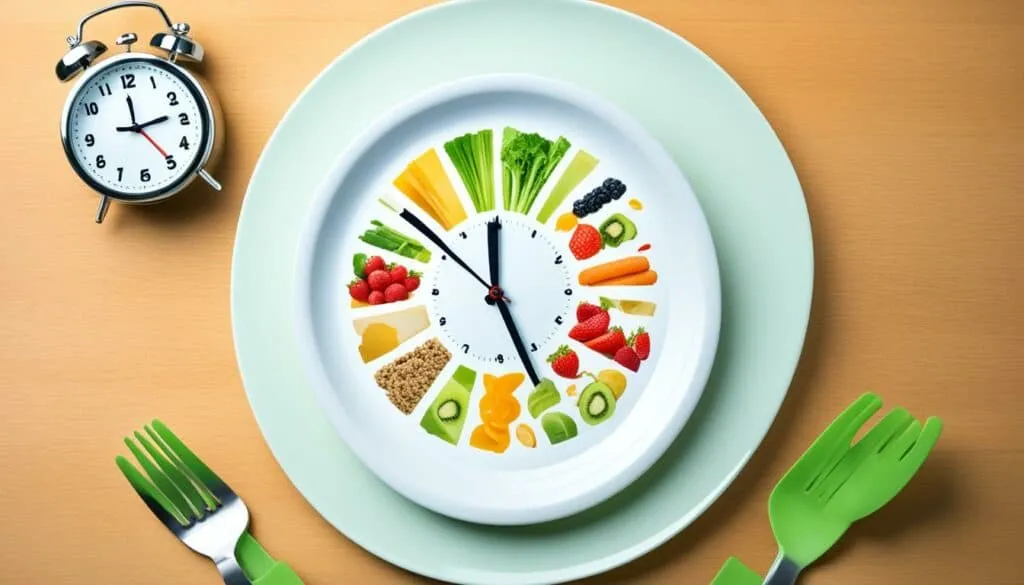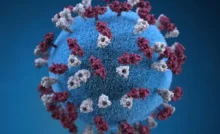The ‘Quilt of Hope,’ a heart-wrenching yet inspiring tapestry curated by mothers from different corners of the world, was unveiled at the World Health Organization’s (WHO) second conference on air pollution and health in Cartagena. This quilt, stitched together with stories of children suffering from air pollution, serves as a powerful testament to the urgent need for stronger climate action. It embodies the voices of affected families, reinforcing the reality that environmental hazards transcend borders and impact communities worldwide.
The initiative is led by ‘Our Kids Climate,’ a global movement advocating for clean air, and includes contributions from countries such as India, South Africa, Poland, Mexico, Ecuador, and Ghana. The mothers behind the project have long fought for stronger air quality regulations, and through this quilt, they aim to present an undeniable visual representation of the devastating effects of pollution on children’s health.
The Global Impact of Air Pollution on Children
Each patch on the quilt tells a poignant story of children who have suffered severe health consequences due to exposure to toxic air. Despite coming from diverse backgrounds and geographies, the symptoms reported by the affected children are strikingly similar: chronic bronchitis, asthma, developmental delays, and other respiratory disorders.
- Akim Wenchi, Ghana: Children in this region suffer from worsening asthma, with limited access to healthcare, leaving them vulnerable to the long-term consequences of air pollution.
- Jharia, India: Twelve-year-old Suresh has battled chronic bronchitis since childhood due to constant exposure to underground coal fires that burn in his town.
- Mpumalanga, South Africa: A mother and her two children, one of whom relies on an oxygen mask, represent the devastating impact of coal-fired power plants emitting high levels of sulfur dioxide.
- Warsaw, Poland: Heavy smog from vehicle emissions and coal heating causes severe bronchial hyperreactivity in children like seven-year-old Maciek, who has been carrying an inhaler for the past year.
- Quito, Ecuador: A five-year-old child is depicted wearing an oxygen mask after being diagnosed with a respiratory illness linked to air pollution.
- Mexicali, Mexico: Another case of deteriorating air quality causing respiratory distress, underscoring the need for immediate government intervention.
A Call for Urgent Climate Action
The ‘Quilt of Hope’ is not just an art installation; it is a call to action. Maya Mailer, co-director of the ‘Our Kids Climate’ movement, emphasized that the quilt is a growing symbol of the shared struggle faced by parents and communities globally. “By the time it reaches COP30, it will stand as a powerful symbol of collective testimony, reflecting the urgent need for cleaner air and stronger climate action,” she said.
The Indian contribution to the quilt was made by the ‘Warrior Moms’ movement, a collective of mothers advocating for improved air quality in the country. Bhavreen Kandhari, founder of Warrior Moms, highlighted that India last updated its National Ambient Air Quality Standards (NAAQS) in 2009, but scientific research now shows that even lower levels of pollution can be harmful to human health. She urged authorities to prioritize air quality regulations based on the WHO’s revised air quality guidelines from 2021.
The Role of Policymakers in Addressing Air Pollution
One of the key discussions at the WHO conference was the role of governments and policymakers in mitigating air pollution and enforcing stricter environmental regulations. The WHO estimates that nearly 7 million people die prematurely each year due to air pollution-related diseases, and the burden falls disproportionately on children, elderly individuals, and those from lower socioeconomic backgrounds.
Encouragingly, India has begun reviewing its NAAQS with an expert team led by IIT Kanpur, which aims to align national standards with WHO recommendations. However, Kandhari insists that this process must be expedited to prevent further health crises. “Aligning India’s standards with WHO recommendations would be a crucial step toward cleaner air and better health,” she stated.
The Intersection of Air Pollution and Social Justice
Air pollution is not just an environmental issue; it is a matter of social justice. Communities in lower-income regions often bear the brunt of industrial emissions, vehicular pollution, and inadequate waste management. This disparity means that while some children grow up in relatively clean environments, others face lifelong health challenges simply due to their geographic location.
The ‘Quilt of Hope’ serves as a reminder that every child, regardless of where they are born, deserves the right to breathe clean air. It amplifies the voices of marginalized communities that are often overlooked in global climate discussions.
The Power of Collective Action
The mothers behind the ‘Quilt of Hope’ movement believe that collective action is key to creating lasting change. They have been actively lobbying governments, raising awareness through social media, and engaging with scientific communities to push for policy reforms. Their message is clear: the health of children should never be compromised in the name of economic growth.
The quilt, as it travels to different parts of the world, serves as both a symbol of hope and a warning. It urges policymakers, businesses, and communities to acknowledge the human cost of air pollution and take decisive steps to combat it.
The ‘Quilt of Hope’ is a deeply moving and urgent plea for action against air pollution. As it continues to grow, incorporating more voices and testimonies, it becomes increasingly impossible for policymakers to ignore. The stories it tells are not just statistics; they are real lives affected by environmental neglect.
By the time the quilt reaches COP30, it is expected to serve as a powerful visual representation of the global air pollution crisis. It will remind world leaders that behind every policy decision are children who are struggling to breathe, families grappling with medical bills, and communities fighting for their right to a healthier future.
The time for action is now. Stronger climate policies, stricter emission regulations, and immediate intervention are crucial to safeguarding the health of future generations. The ‘Quilt of Hope’ ensures that the world does not forget the price that children are paying for inaction.


